Have I mentioned I love summer? I love the warm weather, the sudden storms, and the blue skies. I can’t get enough of the colors of all the flowers – almost infinite in their variety but somehow also a really refined palette. Plus all the local fauna provide us with sounds and colors that don’t happen the rest of the year. Of course, summer is different here than it was in the Midwest and different as well from the east coast summer in that it doesn’t actually start until after the 4th of July. Oh we have had some warm and sunny days, but we have had a fair share of cool and drippy days as well. The high to day was 67F (about 19.5C) – not what I consider summer at all. So why not weave a wool scarf?
This is a stash buster project. I received the multi-colored yarn as a thank you for building the raffle baskets for the dog trials (a fun effort I should write about one of these days). As much as I love these colors together, I wanted to keep them somewhat aligned in my warp. To do that for a warp, instead of winding the yarn back and forth on a warping board, one has to wind the warp in a circle, using the frequency of the color changes to determine the length of the warp (1, 2, or 3 times the length of repeats). Because I liked the warp colors so much, I chose a structure that would help them shine: deflected doubleweave. This structure uses patches of plain weave next to long floats to provide a stable but interesting fabric (see the arrows pointing to the plain weave (left arrow) and the floats (right arrow) in the photo circle).
 While weaving, the fabric under tension does show the pattern
While weaving, the fabric under tension does show the pattern  but this structure comes to life after it is washed. Washing allows the fibers to move around – the l
but this structure comes to life after it is washed. Washing allows the fibers to move around – the l ong floats are no longer straight but can curve and twist on each other as you can see on the left in a detail of the finished scarf. Note also how the colors of the original skein move slowly along the scarf from the original winding technique. I think deflected double weave is a magical structure as it doesn’t really become the final product until it is off the loom and finished. Then it softens and blooms, turning diamonds into circles.
ong floats are no longer straight but can curve and twist on each other as you can see on the left in a detail of the finished scarf. Note also how the colors of the original skein move slowly along the scarf from the original winding technique. I think deflected double weave is a magical structure as it doesn’t really become the final product until it is off the loom and finished. Then it softens and blooms, turning diamonds into circles.
I selected a blue-gray silk blend for the primary weft color (crossed with bits of the variegated yarn). With enough warp for 2 scarves I experimented with the frequency of the colorful yarn stripes. I like the additional color the stripes bring, but I think I like the scarf with less frequent stripes better. The structure shows more clearly and the effect of the colored warp is more subtle. The downside of that approach was that I had to carry the colored weft for longer wrapping it with the light weft each pair of rows. Worth the effort but a little slower to weave.
My woolen scarves will keep me warm until the weather starts cooperating. I have already started a new warp inspired by some butterflies passing through and a new weaving book. More soon.
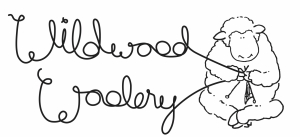
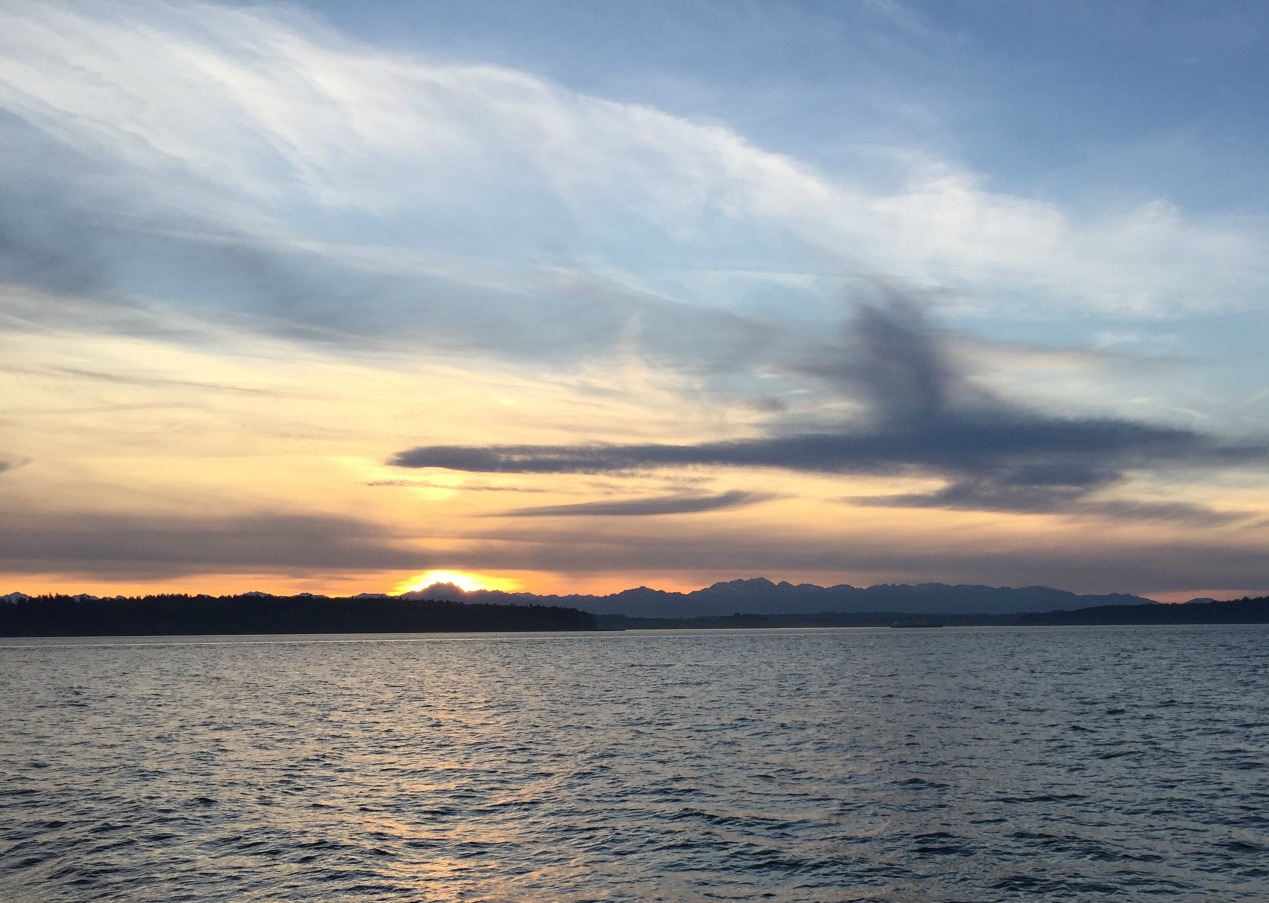


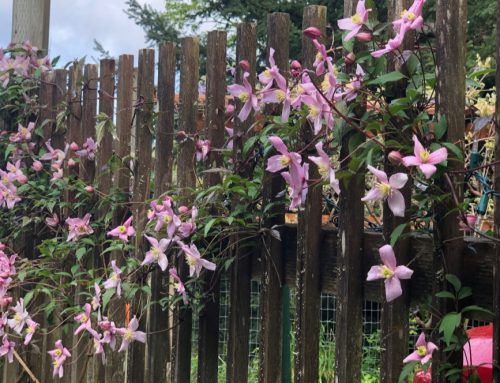
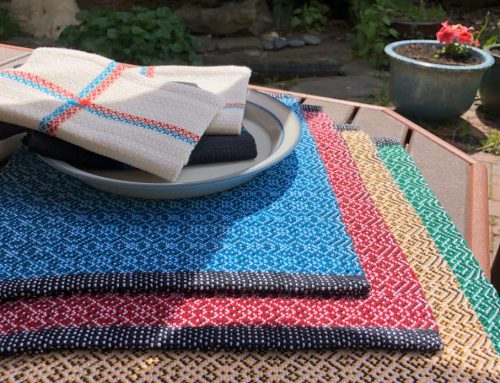

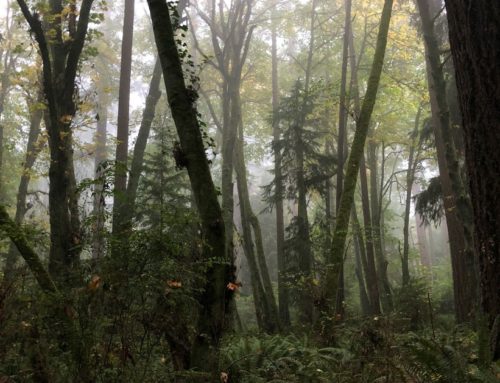
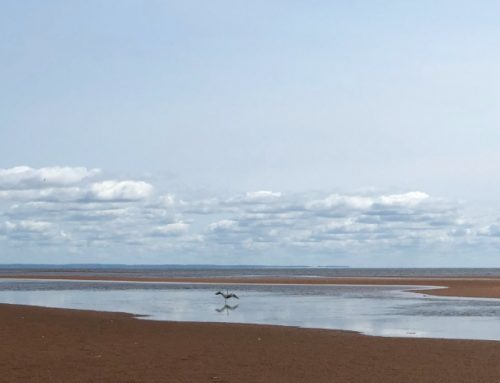
Leave A Comment